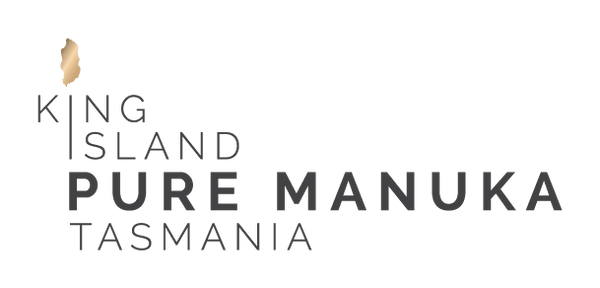The flower’s nectar certainly had no MGO and another intriguing fact was that older manuka honey had a significantly higher MGO content than honey recently harvested from the hive. Researchers went to work and using some clever chemistry and a machine called a high-performance liquid chromatograph, they discovered that Manuka Honey not only had high levels of MGO, but also other chemicals. Using a nuclear magnetic resonance spectroscopy, they determined that this other chemical was dihydroxyacetone or DHA.
When the scientists went back and tested the nectar from the flowers of the Manuka tree, they found DHA in abundance.
So how does DHA from nectar of flowers of the manuka tree turn into MGO in honey?Well that is the secret sauce the bees do oh so well. The special enzymes that exist in the stomach of the honey bee mixes with the nectar harvested by the bees. As this nectar is passed from foraging bees (who collect nectar pollen and water) to nurse bees who deposit this liquid into the comb, it gradually changes its molecular structure from DHA to MGO. Over time the bees reduce the moisture content of this liquid to less than 18% and then cap the liquid that we now call honey with wax. This process of DHA converting to MGO continues for a further 12 months after humans harvest the honey, at which point the level of DHA has reduced and stabilised and the level of MGO has increased and also stabilised.
Scientists have known about MGO for a long time. It is a laboratory generated chemical that is very toxic to human consumption. What the bees have been able to do with natures chemistry set is create a process that is entirely natural and produce a powerful antibiotic that is not toxic for human consumption. That is magic of Manuka Honey.
To help you with deciding which MGO Grade is best for you, we hope the table summary below is of assistance for you next time you shop for Manuka Honey.
| Use | MGO Range Mg per Kg |
| Very high antibacterial activity. Superior healing properties | 514 to 829+ |
| High antibacterial activity. Good healing properties | 263 to 514+ |
| Medium level activity. Suitable for maintaining good health | 83 to 263+ |
| Low level activity. Comparable to normal honey. | 0 to 83+ |

